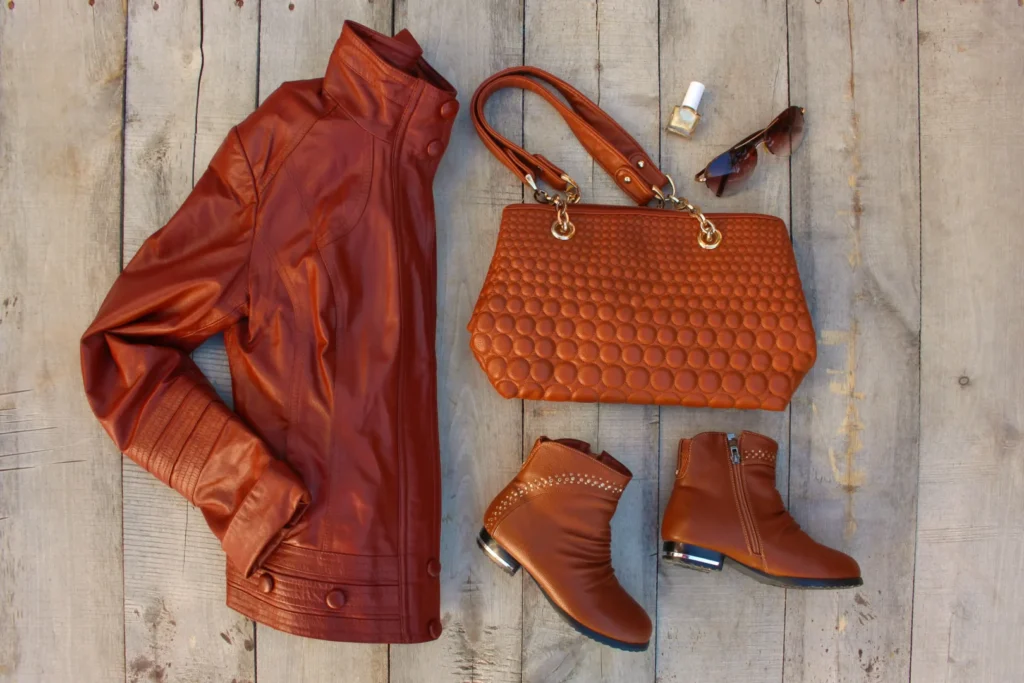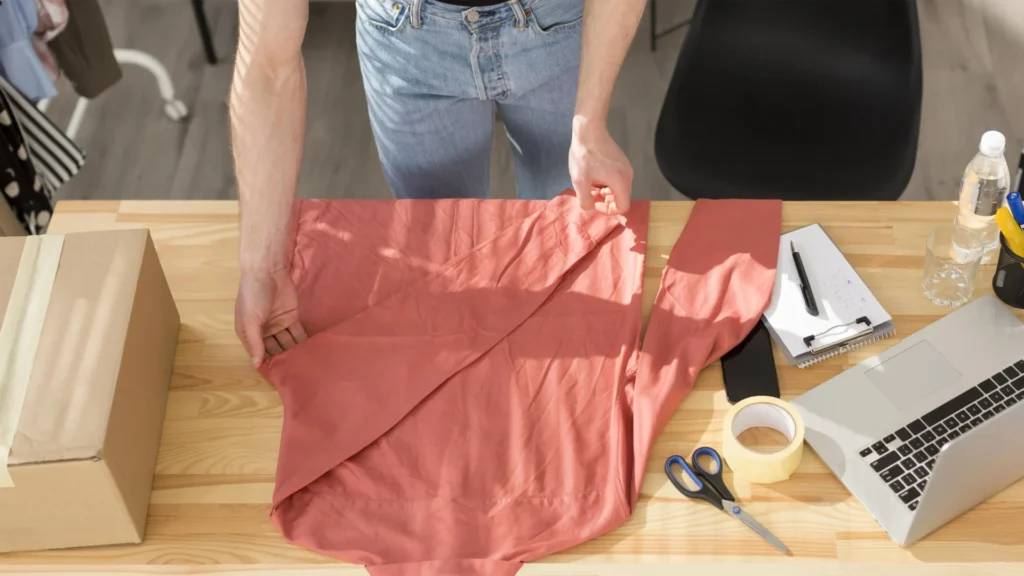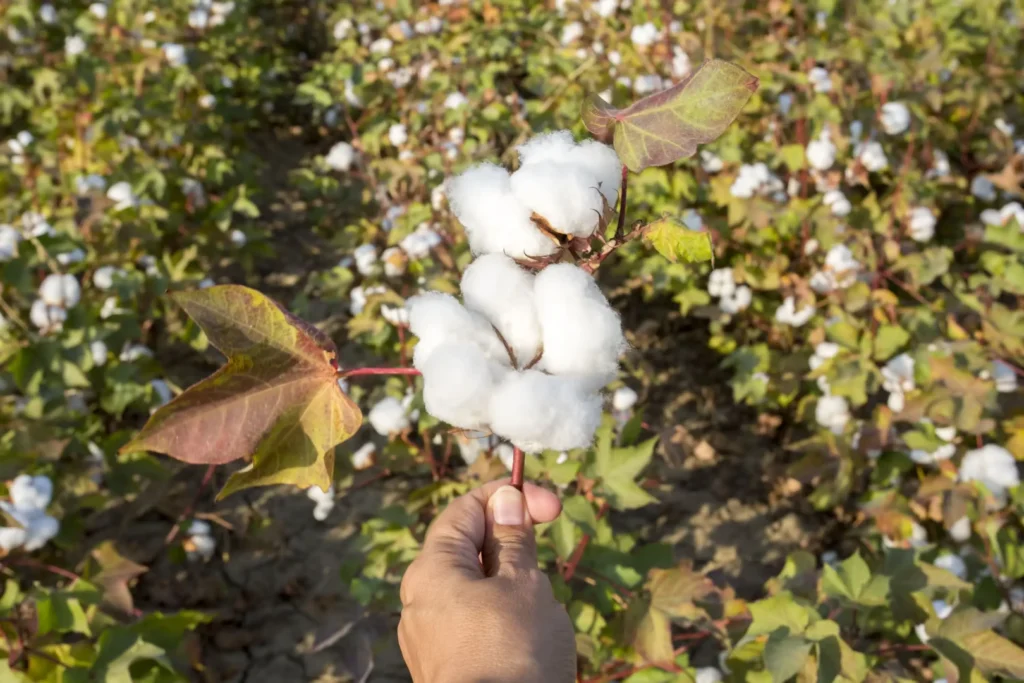Summary
- Knowing the types of fabric can help when creating a fashion collection.
- Each fabric has its features and peculiarities that make it unique.
- Create your garments and experiment with the best fabrics online. Try Audaces360 multisolution for free!
Choosing the right types of fabric can be the difference between a successful collection and one we have a hard time selling.
The wrong choice can result in poor fit, comfort, and finishing, causing clothes to get stuck in stores.
To avoid this problem, which is more common than it seems, fashion professionals must know the different types of fabric, their features, uses, and particularities.
Continue reading and discover all the types of fabrics presented in alphabetical order!
Sumário
Why understand the difference between the main types of fabric?
Understanding the difference between the main types of fabric is akin to learning to select the best material for different products.
Each fabric has its features that affect how it feels to the touch, behaves, and is best used. For example, cotton is soft and breathable, perfect for hot days, while wool is warm and insulating, ideal for cold weather.
Knowing about fabrics helps make smart choices when manufacturing garments. If you know you are developing an activewear collection, you could choose a moisture-wicking fabric.
Furthermore, understanding fabrics helps to better care for clothes. Knowing how to properly wash, dry, and store each type of fabric can make your clothes last longer and look good for years to come.
Learn more: 9 fabrics with the perfect fit to use in your fashion collection

How to classify the types of fabric?
The types of fabric can be classified in several ways, taking into account their characteristics:
Fabric composition
Fabrics can be classified based on the fibers they are made from. For example, cotton, polyester, wool, silk, and nylon.
Fabric construction
It is related to how fibers are woven or interlaced to form the fabric. Examples include knit fabrics like jersey and rib knit, woven fabrics like denim and twill, and non-woven fabrics like felt and velvet.
Weight and thickness
Fabrics can be classified as light, medium, or heavy, depending on the density of the fibers and the amount of material used in manufacturing.
Texture and finish
Some fabrics have distinct textures or special finishes, such as shine, roughness, and softness
Functional properties
It includes characteristics like elasticity, stretch fabrics, moisture-wicking ability, breathable fabrics, shrink resistance, and waterproof fabrics.
End use
Fabrics can also be classified based on their intended purpose, such as activewear, workwear, casualwear, and formalwear.
Learn more: Learn all about textile fibers in our comprehensive guide
14 most common types of fabric in fashion manufacturing
Explore the different types of fabrics, their properties, uses, and unique features.
1. Acrylic
It is a synthetic fabric similar to wool, soft, and with little absorption. Used in activewear and knit fabrics.
2. Cotton
Cotton is a natural fabric known for its softness, comfort, and durability. Its fibers are breathable and absorbent, making it perfect for comfortable clothing in warm weather.
Moreover, its resistance makes it a popular choice for everyday clothing.
3. Crepe
One of the most used type of fabric for making dresses and party attire, due to its perfect drape and great variation in textures and thicknesses.
Plain or printed, there are several types of crepe, such as Crepe de Chine, Crepe Georgette, Crepe Bubble, Crepe Madame, and Crepe Moroccan, all produced with different fibers and highly twisted yarns, such as silk or polyester.
Learn more: Learn more about crepe fabric and its various uses in fashion
4. Elastane
Better known as Lycra, it is an elastic synthetic fiber found in various fabrics, which even in small percentages (from 1% to 5%) increases comfort when wearing the garment.
5. Leather

Various types of leather are suitable for making coats, jackets, and skirts. Usually, the entire untreated piece is purchased.
There are many types of leather fabrics. Here is a list of the most used:
- Full-Grain: considered the strongest and most durable type of leather, it is used in high-quality wallets, belts, and shoes.
- Corrected-Grain: also known as embossed leather, is the most common type. It can be dyed or printed and is used in shoes, bags, and clothing.
- Suede: it is a popular choice for various fashion applications, as it offers a beautiful matte finish and can be dyed or printed.
- Faux leather: also known as synthetic leather, it is a material designed to imitate the look and feel of genuine leather. It is cost-effective and animal-friendly.
6. Linen
Linen stands out for its versatility, comfort, freshness, and durability. It is a fabric of natural origin, derived from the flax plant, making it very pleasant to the touch.
However, it is a material that wrinkles very easily, which is why it is often combined with other fibers, such as cotton and polyester, to minimize this characteristic.
7. Nylon

The term was once a trademark but today it is commonly used to designate the most resistant fiber there is. Despite being very durable, this fabric is not absorbent and therefore can be uncomfortable and very hot for daily use.
Nylon is generally mixed with other fibers to increase the absorption capacity and increase the durability of the other yarns that are mixed with it.
8. Polyamide
Polyamide is a resistant material used in activewear, socks, and carpets due to its durability and lightness. Flexible and quick-drying, it is ideal for items that need comfort and mobility.
It is available in a variety of textures, such as shiny or satin, offering versatile options. Some types are elastic, useful for clothes that require flexibility.
9. Polyester
It is a synthetic fiber made from petroleum derivatives. It has a wide range of uses, from imitating silk to blending with other yarns.
Technology is mitigating one of the main problems with this fabric: its low absorbency.
10. Silk
Natural fiber obtained by opening the cocoons of the silkworm larva. It is a strong fabric but with a delicate and shiny appearance.
Silk has been replaced by some synthetic fibers and mixed with other yarns to reduce the price or produce different effects.
11. Tencel
A fiber made from cellulose pulp by a different process from Rayon. It has characteristics such as good absorption and resistance. Sometimes it receives a finish known as peach skin.
It is usually used in sportswear.
12. Viscose
Viscose is a soft and light type of fabric made from natural cellulose fibers, known for its softness and shine similar to silk. It suits casual, formal, and summer clothes due to its breathability.
This fabric is delicate, prone to shrinking and wrinkling easily, requiring special care in washing and storage.
13. Viscolycra
Viscolycra is a soft and elastic fabric made from a blend of viscose and elastane. Comfortable and flexible, it is used in sportswear, casual fashion, and tight-fitting garments.
Its elasticity allows freedom of movement, while viscose provides breathability. It is easy to wash and maintains its shape after use.
14. Wool
Fiber produced from the shearing of domesticated sheep, is usually warm and resistant. Those labeled as “pure wool” in the USA and Canada have 100% virgin wool.
Those labeled as “mixed wool” contain at least 55% of this fiber mixed with another.
Check out an even more comprehensive list in our ebook!
5 types of sustainable fabric
Sustainable fabrics offer an eco-friendly alternative for clothing and other textile production, contributing to reducing the environmental impact caused by the fashion industry.
Here are some types of sustainable fabrics you can choose in clothing production:
1. Organic cotton

Grown without pesticides or chemical fertilizers, organic cotton is soft, breathable, and safe for the skin. It is used in a wide range of clothing, from t-shirts to bedsheets.
2. Recycled cotton
Made from post-consumer cotton fibers or industrial waste, recycled cotton reduces textile waste. It is used in a variety of new products such as jeans and shirts.
3. Hemp
Cultivated sustainably, hemp requires less water and pesticides than cotton. Its fibers are strong and durable, suitable for a wide range of items, like clothes, bags, and even construction materials.
4. Biodegradable Polyamide
This type of polyamide can naturally decompose under proper conditions, helping to reduce plastic pollution. It is used in sportswear, swimwear, and socks.
5. Recycled Polyester
Produced from recycled plastic bottles or other polyester waste, recycled polyester reduces the dependency on virgin raw materials. It is used in a variety of products, including sportswear, jackets, and upholstery fabrics.
How can technology help you choose the best types of fabric?

Audaces360 is an integrated solution that uses advanced technology to connect the creative and productive stages in the fashion industry. It offers modern tools, giving you freedom to explore all your ideas.
With Audaces Fashion Studio, you can create digital samples, simulating fabric draping and applying realistic colors, prints, and textures in a virtual environment.
It was developed to optimize creation processes, allowing you to visualise how the garments will look on a human body.
Audaces 3D is your fashion company’s next ally to eliminate collection development problems. It is ideal for patternmakers and technical development professionals, assisting on confirm fit and wearability of garments, and approve the first sample digitally, saving time and costs.
FAQ
Knowing about fabrics helps make smart choices when manufacturing garments.
Fabric composition, fabric construction, weight and thickness, texture and finish, functional properties, and end use.
Acrylic, cotton, crepe, elastane, leather, linen, nylon, polyamide, polyester, silk, tencel, viscose, viscolycra, and wool.



